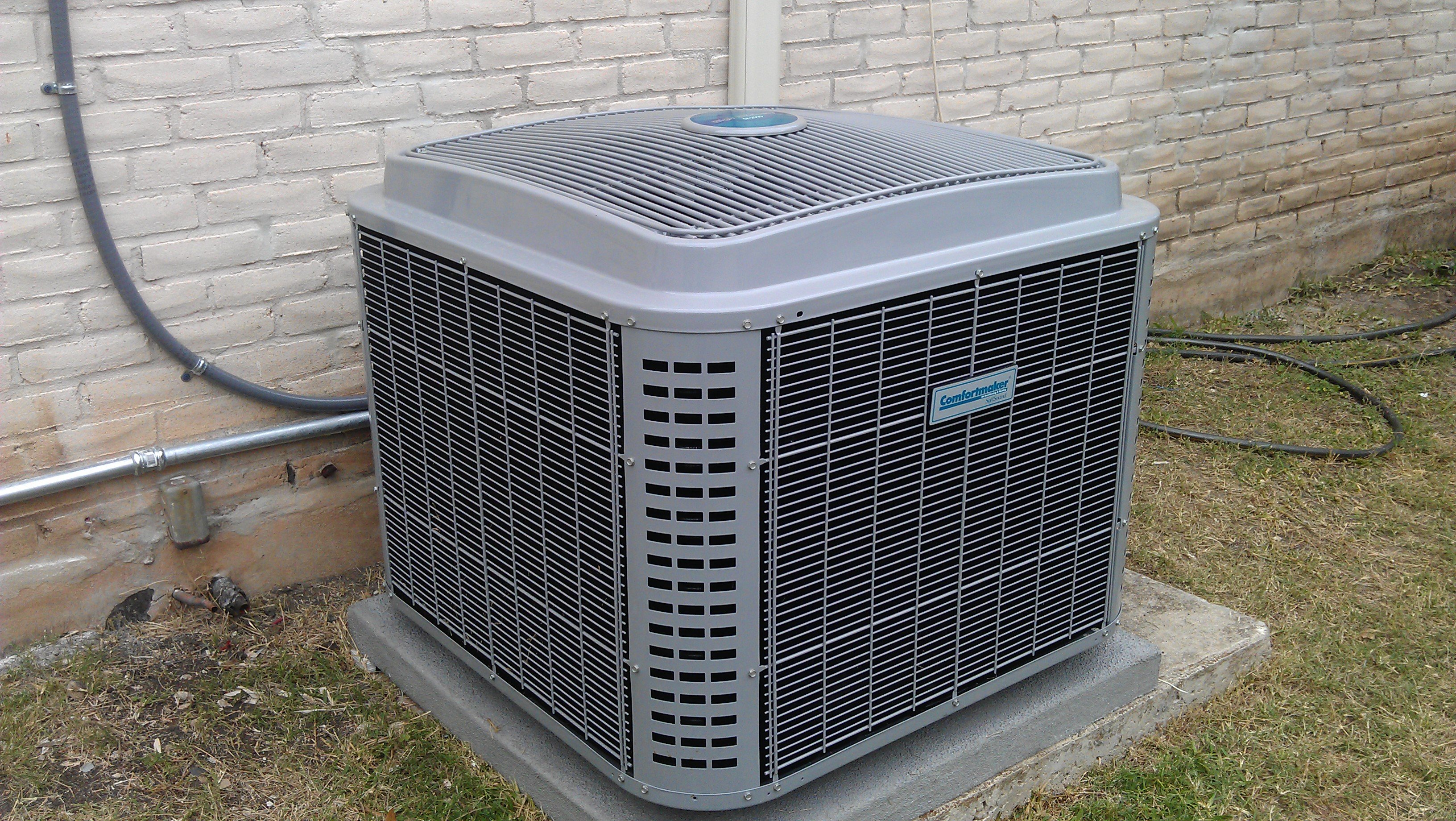
Any time is better than never, but spring is the ideal time to budget for an air conditioning tune-up. Early air conditioner maintenance can prevent many small problems from becoming more expensive repairs later on. Furthermore, if your air conditioner check-up is scheduled for spring, you’ll also beat the long waits and higher prices that come with peak season HVAC repair visits.
Reasons to Schedule an Air Conditioner Check Up
There are two main reasons to schedule annual air conditioner maintenance with your local HVAC contractor: saving money and saving money (no that isn’t a typo). For starters, you greatly increase the chances that your A/C technician will catch small problems before they become big ones by scheduling regular check-ups. Repairing a small refrigerant leak shouldn’t cost much more than the service call. Buying a new compressor when low refrigerant levels burn your current one out, however, can cost a thousand dollars or more. The other way an annual check-up saves you money is by ensuring that your A/C unit is working at optimal efficiency. When your A/C is running well it uses less energy to cool your house, and lower energy use means bigger savings for you on your monthly utility bills.
Scheduling an Air Conditioner Check Up
An air conditioner check-up is easy to schedule. All you have to do is contact a HVAC technician near you about coming out to perform basic air conditioner maintenance. As mentioned before, the best time to do this is in the spring or early summer, before everyone else turns on their air conditioner and realizes it needs to be worked on. If you call early enough, a local HVAC contractor will be able to come out when it’s most convenient to you in order to make sure your unit has been serviced and is running properly. If you wait until later in the summer, you’ll find all of the pros are booked. Requesting emergency A/C repair costs more than regular services.
Air Conditioner Check-Up 101
An air conditioner checkup is an important part of making sure you get long-lasting, and efficient performance from your air conditioner, as is knowing which services to insist on when your technician arrives. Here’s a short checklist of common maintenance procedures your HVAC contractor should include with a routine maintenance call:
- Check for proper refrigerant levels. Low levels indicate a leak that needs to be found and repaired immediately. Low refrigerant levels can burn out your compressor, resulting in the most costly repair when it comes to A/C, period.
- Check all electrical components and controls to make sure they’re working properly.
- Clean evaporator and condenser coils. Dirty evaporators and coils reduce the energy efficiency and cooling ability of your unit.
- Oil motors as needed.
- Calibrate thermostat to make sure your A/C isn’t working overtime.
- Check the condenser for any possible problems.
- Check, clean, and/or replace filters. An annual air conditioner check up is the easiest way to keep your air conditioner in top condition for years to come. To ensure you’ll get worry free, and money saving, performance from your A/C, schedule a regular maintenance call today.
1 Comments
Sorry, comments for this entry are closed at this time.
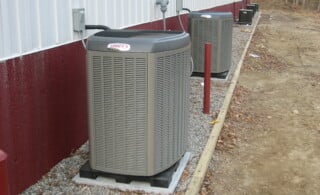 Central HVAC Maintenance – Tips & Advice
Central HVAC Maintenance – Tips & Advice 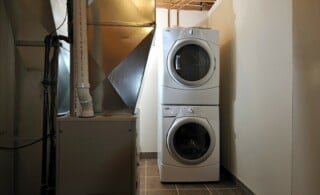 DIY Guide: How To Service Your Furnace
DIY Guide: How To Service Your Furnace 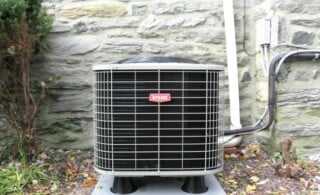 Air Conditioner Maintenance: A Homeowners Guide
Air Conditioner Maintenance: A Homeowners Guide  Geothermal Heat Pump Maintenance: 5 Simple Tips
Geothermal Heat Pump Maintenance: 5 Simple Tips 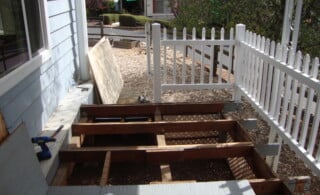 Simple Home Repair and Maintenance Tips for Everyone
Simple Home Repair and Maintenance Tips for Everyone 

Thanks for sharing this informative blog with us. I really like your recommendation to tune up the HVAC system in winter that costs very less and it is necessary for proper functioning of the machine. One can easily increase the life of the HVAC system by proper monitoring & be resolving various small issues that might become drastic in future. Therefore, if in any can your HVAC falls to provide you the optimum result then, it is highly adviced to call your service provider to easily repair your HVAC system. However, if you reside in California then, White Mechanical, INC. is also be the good option for you. I’ve used there services and quite reliable to me.